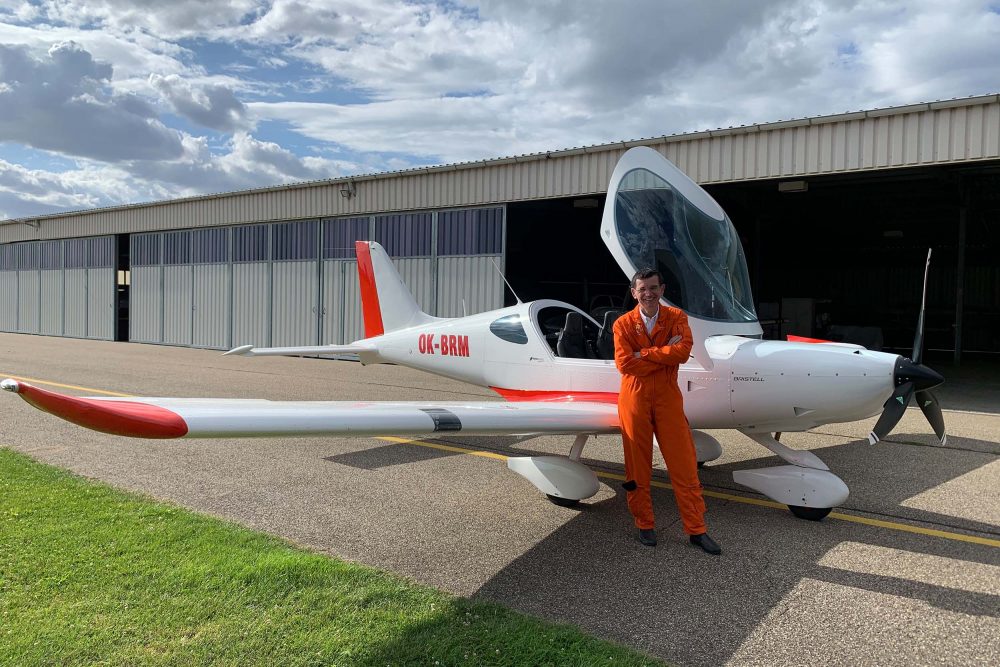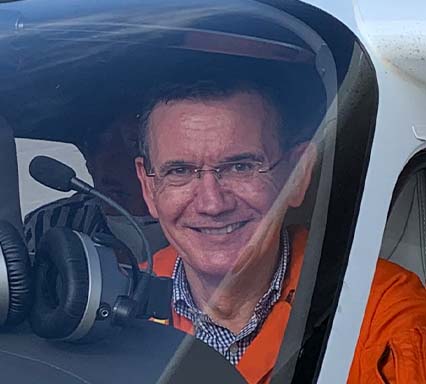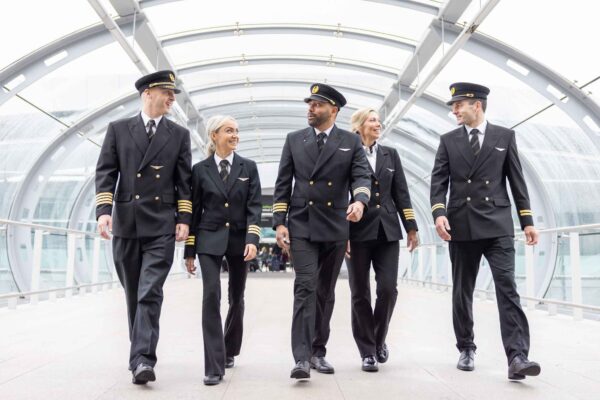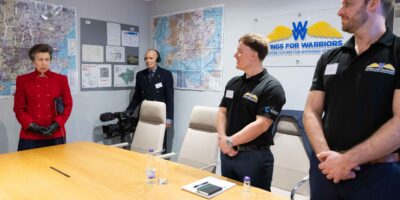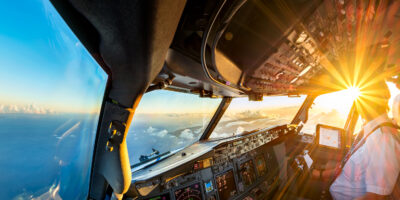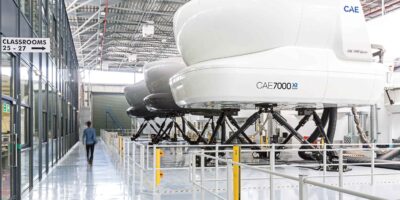An interesting project that I recently worked on was certifying Pipistrel’s Velis Electro. Alongside the technical aspect of certification, we were working on the regulatory framework. As there’s no piston engine in this aircraft, aircrew, OPS and maintenance regulations needed to be adapted – you can’t talk about ‘fuel reserves’. Certifying the battery management system was challenging as well, because of the fire risk of lithium batteries. I really appreciated Pipistrel’s co-operative spirit, working towards the same goal, it felt like we were one team.
I’m still involved as a test pilot, mostly for small aircraft. Whenever I get the chance I test aerobatic aircraft. Having flown 10 years in the French team, aerobatics is my passion. Aerobatic aircraft are wonderful to fly, not only because of their high performance, but also in terms of controllability. You can do so much more than with a normal aircraft.
What training did you have?
Working for Avions Mudry & Cie, a small company designing and building aerobatic aircraft, I got some on-the-job training testing aircraft. In 2010 I went to EPNER test pilot school at Istres Airbase where I obtained my test pilot licence. I had already started working at EASA in 2005, first as a team leader and test pilot GA. Since April 2019, I’ve been Head of the General Aviation Department.
What’s been your favourite flight?
Winning the Breitling World Cup of Aerobatics in 1995. In this competition I performed aerobatic figures synchronised to a waltz by Tchaikovsky, playing from speakers and in my headset. The wind made it difficult to move in sync with the music and stay in front of the judges. It was the most challenging flight I’ve made, but a beautiful experience.
And your favourite airfield?
Bernay, a small grass strip in Normandy. It has a nostalgic feel to it, like GA from old times. The place still looks like it did 50 years ago.
Do you get to fly much outside of work?
Yes, on weekends my wife and I often fly the four-seat TB-20 I share with colleagues. We visit our daughter who lives near Cannes, meet friends in Normandy or fly up to Wangerooge and Langeoog. On these islands north of Germany cars aren’t allowed, so we go for a walk. Our dog, a German Pointer, loves joining us on these trips – she’s always the first to climb into the aircraft!
What’s the most valuable career advice you’ve received?
Don’t focus too much on predesigned career plans. I never planned to become an aerobatic pilot, test pilot or Head of GA. When I was young, I always assumed I’d get a job as an airline pilot. At the end of the day, it was more a case of being open to opportunities and following my destiny, than of having a clear-cut career path.



